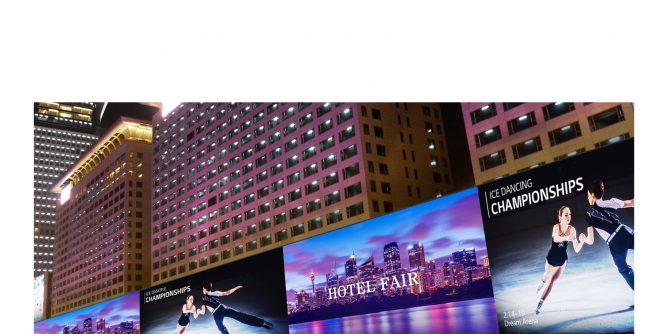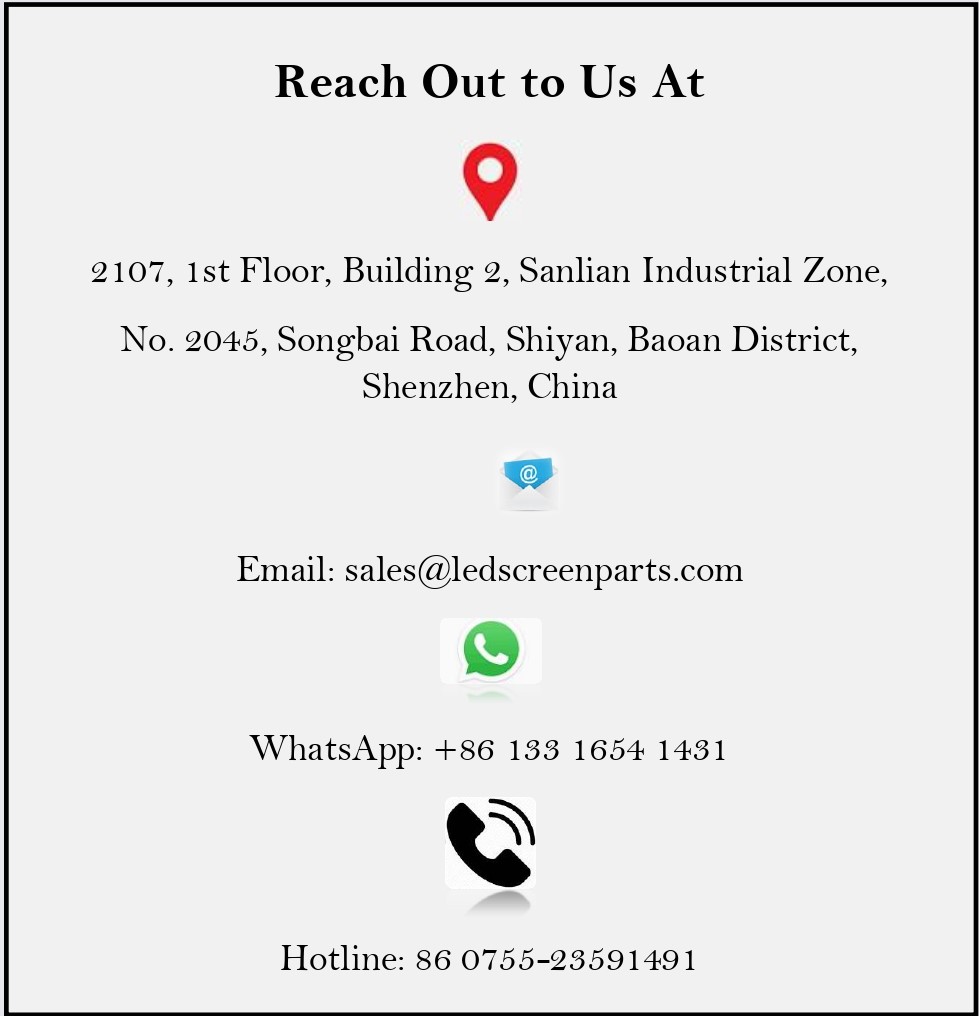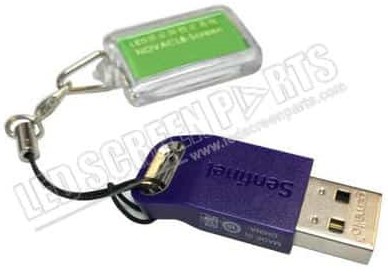
LED devices account for about 40% to 70% of the cost of LED display screens. The significant reduction in the cost of LED display screens benefits from the cost reduction of LED devices. The quality of the LED package has a greater impact on the quality of the LED display. The key to package reliability includes the selection of chip materials, the selection of packaging materials, and process control. As the LED display screen gradually penetrates into the high-end market, the quality requirements for LED display devices are becoming higher and higher.

This article mainly introduces TOP LEDs. The SMD LEDs mentioned below refer to TOP LEDs. Here are some basic developments in China from the perspective of packaging materials.
The main materials used in LED display device packaging include brackets, chips, die-bonding glue, bonding wires, and packaging glue. SMD (Surface Mounted Devices) refers to surface-mount packaging structure LEDs, which mainly include PCB board structure LEDs (ChipLED) and PLCC structure LEDs (TOP LED).
First, LED bracket
- The role of the stent. The PLCC (Plastic Leaded Chip Carrier) bracket is the carrier of SMD LED devices and plays a key role in the reliability and light performance of LEDs.
- Production process of the stent. The production process of the PLCC stent mainly includes the steps of die cutting, plating, PPA (polyphthalamide) injection molding, bending, and five-sided three-dimensional inkjet. Among them, plating, metal substrates, plastic materials, etc. occupy the main cost of the bracket.
- The structure of the bracket is improved. The PLCC bracket is a physical combination of PPA and metal, and the gap will become larger after the high temperature reflow furnace, which will cause water vapor to easily enter the device along the metal channel and affect the reliability.
In order to improve the reliability of the product to meet the high-end market demand for high-quality LED display devices, some packaging factories have improved the structural design of the bracket. For example, a certain optoelectronic company uses advanced waterproof structure design, bending and stretching methods to extend The water vapor enters the path of the bracket, and at the same time, multiple waterproof measures such as waterproof grooves, waterproof steps, and drainage holes are added inside the bracket.
This design not only saves the packaging cost, but also improves the reliability of the product. It has been widely used in outdoor LED display products. The SAM (Scanning AcousTIc Microscope) was used to test the airtightness of the LED bracket with the folded structure design and the normal bracket. As a result, it can be found that the product with the bent structure design has better airtightness.
Chips LED chips are the core of LED devices, and their reliability determines the life and luminous performance of LED devices and even LED displays. The cost of LED chips accounts for the total cost of LED devices. With the cost reduction, LED chip size cutting is getting smaller and smaller, and it also brings a series of reliability problems.
As the size is reduced, the pads of the P electrode and N electrode are also reduced. The reduction of the electrode pad directly affects the quality of the bonding wire, and it is easy to cause the gold balls to detach or even the electrodes to detach during the packaging process and use, and eventually fail.
At the same time, the distance a between the two pads will also be reduced. This will cause the current density at the electrodes to increase excessively, and the current will locally collect at the electrodes. The unevenly distributed current will seriously affect the performance of the chip, causing the chip to have a local temperature. Problems such as high brightness, uneven brightness, easy to leak electricity, dropped electrodes, and even low luminous efficiency will eventually reduce the reliability of the LED display.
Bonding wire Bonding wire is one of the key materials of LED package. Its function is to realize the electrical connection between the chip and the pins, and it plays the role of the current introduction and export of the chip and the outside. Common bonding wires for LED device packaging include gold wires, copper wires, palladium-plated copper wires, and alloy wires.
Second, the chip material
- The gold thread. Gold wire is widely used and the process is mature, but the price is expensive, which leads to excessive packaging cost of LED.
- Copper wires. Copper wire instead of gold wire has the advantages of low cost, good heat dissipation effect, and slow growth rate of intermetallic compounds during wire bonding. Disadvantages are that copper is susceptible to oxidation, high hardness, and high strain strength. Especially in the heating environment of the copper-copper sintering process, the copper surface is easily oxidized Novastar TB6, and the formed oxide film reduces the bonding performance of the copper wire, which places higher requirements on the process control in the actual production process.
- Palladium-plated copper wire. In order to prevent oxidation of copper wires, palladium-plated bonded copper wires have gradually attracted attention from the packaging industry. The palladium-plated bonded copper wire has the advantages of high mechanical strength, moderate hardness, and good soldering properties, and is very suitable for high-density, multi-pin integrated circuit packaging.
Third, glue
At present, the glue for LED display device packaging mainly includes two types of epoxy resin and silicone:
- Epoxy resin. Epoxy resin is easy to age, easy to be wet, and has poor heat resistance. It is easy to change color under short-wave light and high temperature. It has certain toxicity in the gel state. The thermal stress does not match the LED well, which will affect the reliability and life of the Huidu LED . Therefore, epoxy resin is usually attacked.
- Organic silicon. Compared with epoxy resin, silicone has higher cost performance, excellent insulation, dielectric properties and adhesion. However, the disadvantage is that the air tightness is poor and it is easy to absorb moisture. Therefore, it is rarely used in packaging applications of LED display devices.
In addition, high-quality LED displays have special requirements for display effects. Some packaging factories use service to improve the stress of the glue, while achieving the effect of matte matte.








